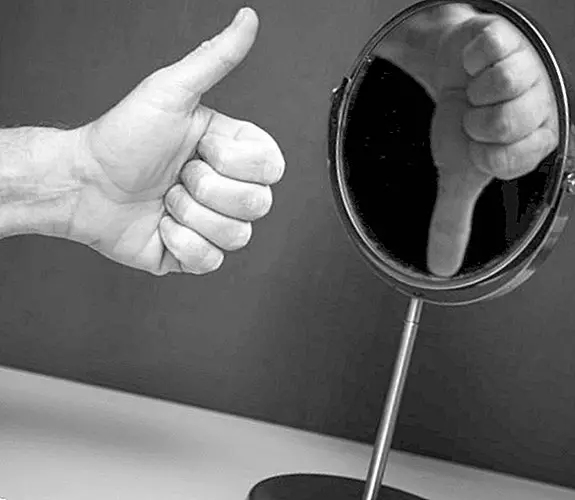What is progesterone and what is it used for?
The progesterone is, as is the case with estrogen, a sex hormone released by the ovaries and later by the placenta when the woman is pregnant. In fact, during pregnancy, also plays an important role for breastfeeding, since it helps the preparation of the mammary glands to increase the size of the breasts and secrete milk.
When ovulation occurs during the menstrual cycle it's the ovaries that start producing progesterone, which then acts on the endometrium and causes it to secrete proteins that nourish the fertilized ovum, which provides optimal conditions to help the development of the embryo.

Then, about ten weeks after beginning the pregnancy, the placenta will be in charge of its production, making the pregnancy finally develop safely.
What is progesterone? What is it?
As indicated above, Progesterone is a sex hormone released mainly by the ovaries, although it also tends to be produced -although in smaller quantities- by the liver and also by the adrenal glands.
It begins to produce after puberty, from the moment in which the woman has had her first menstruation. Then it will start to occur in each menstrual cycle, until it deteriorates progressively until the arrival of the menopause.
In fact, when menopause has passed progesterone is used as a part of hormone replacement therapy, which also includes estrogen, useful for the treatment of the most common symptoms and in turn reduce the risk of contracting certain diseases.
Moreover, treatment with progesterone helps prevent abnormal thickening of the inner lining of the uterus, thereby decreasing the risk of uterine cancer.

As with the estrogen, this sexual hormone is also fundamental in the development of the secondary sexual characteristics of the woman (development of the mammary glands, development and maturation of the sexual organs and accumulation of fat in some areas of the body).
The main functions of progesterone
Progesterone is a sexual hormone known primarily because it actively participates in the development of female sexual characteristics, which are ultimately able to identify and distinguish or differentiate the different sexes.
These characters appear at puberty, which begins at approximately eleven years, and becomes a very important stage of changes that allow both male and female to fulfill the reproductive function.
At this point progesterone fulfills a very important function, but it is not really the only one. We discover them below:
- Participate in the development of female sexual characters: as we indicated in the previous lines, development of the mammary glands, accumulation of fat in certain areas of the woman's body, and development and maturation of the sexual organs.
- During the menstrual cycle: conditions the endometrium in order to facilitate the implantation of the embryo in it.
- During pregnancy: helps pregnancy to pass safely.
- During lactation: helps to prepare the mammary glands, so that these increase the size of the breasts for the future segregation of milk.
- Exerts a relaxing effect of the uterus, in turn increasing the secretions of the cervix and maintaining the vascularization of the uterine mucosa.
- Increase the excretion of both chlorine and sodium.
- During menopause: It is used as part of hormone replacement therapy, helping to treat your symptoms and reducing the risk of contracting diseases (such as uterine cancer, by helping to prevent abnormal thickening of the inner lining of the uterus).

Did you know that man also has progesterone? Males also have this sex hormone in their body, but in small amounts compared to women. In them it is produced by the adrenal glands and by the testicles.



